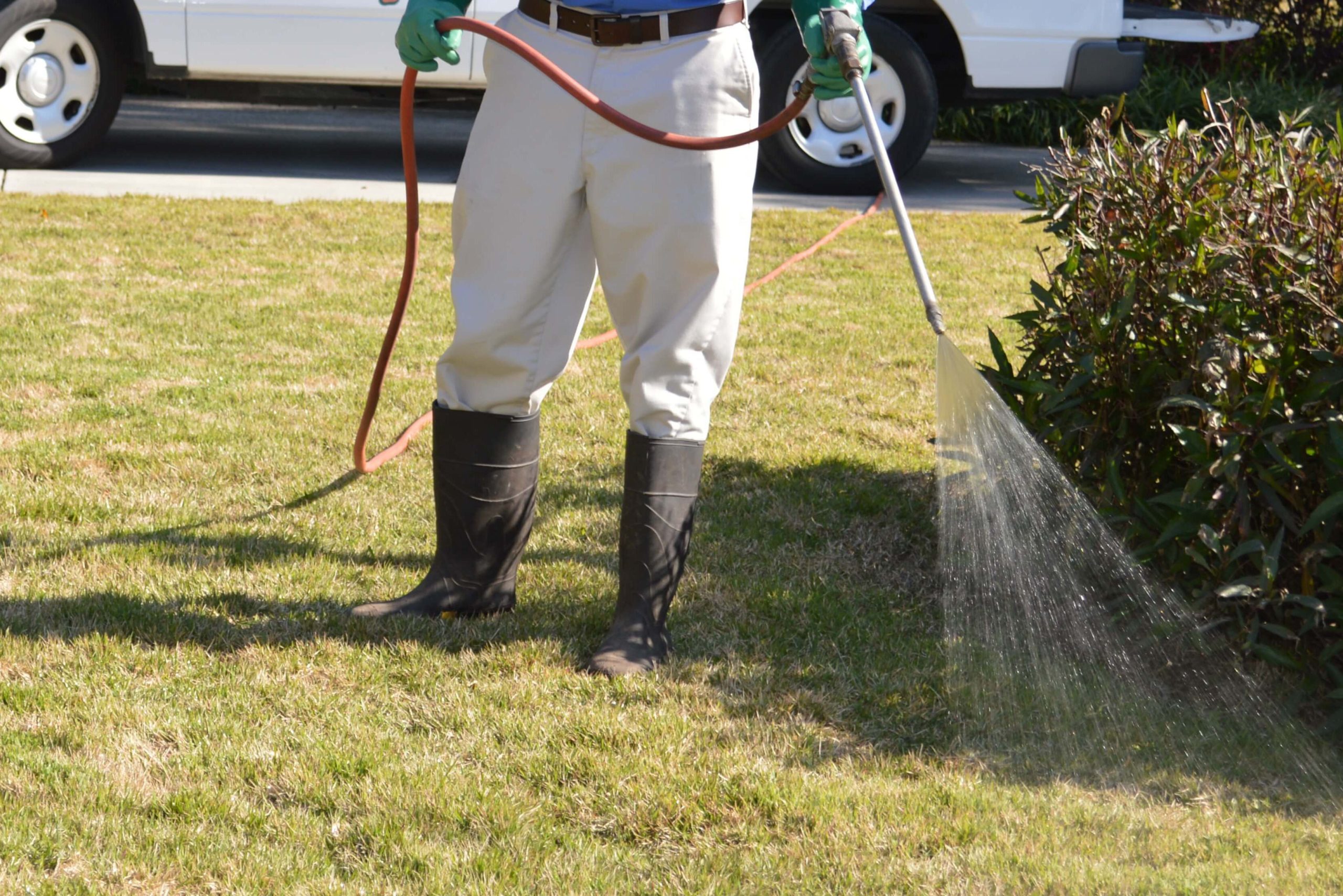The delicate ecosystem of our homes and gardens, unwanted invaders often disrupt the harmony we strive to maintain. These pests, ranging from insects to rodents, can pose a threat to our well-being, property, and the environment. To ensure a pest-free living space, it is crucial to employ a comprehensive approach to pest control that goes beyond simply eliminating visible critters. This guide aims to provide a holistic understanding of effective pest control strategies, encompassing prevention, identification, and treatment methods to address the root causes of infestations.
Understanding the Enemy:
The first step in effective pest control is to identify the enemy. Not all pests are created equal, and different species require different approaches. Conduct a thorough inspection of your home or garden, paying attention to signs of infestation such as droppings, nests, or visible damage. Common household pests include rodents, ants, cockroaches, and termites, while outdoor spaces may attract mosquitoes, ticks, and garden pests like aphids and caterpillars. Once identified, research their behavior patterns, life cycles, and preferred habitats. This knowledge will be instrumental in developing targeted strategies for control.

Prevention is Key:
The old adage prevention is better than cure holds true in the world of pest control. Seal any cracks or gaps in the infrastructure, fix leaky pipes, and ensure proper waste management to eliminate potential entry points and food sources. Regularly clean and declutter living spaces, pest control service Forney TX as pests thrive in hidden, undisturbed areas. Implementing a routine maintenance schedule for your garden, such as pruning overgrown vegetation and keeping a well-manicured lawn, will reduce hiding spots and discourage pest activity.
Integrated Pest Management IPM:
A holistic and sustainable approach to pest control is Integrated Pest Management IPM. This method combines biological, cultural, physical, and chemical control measures to minimize environmental impact while effectively managing pests. Biological controls involve introducing natural predators, such as ladybugs or nematodes, to control pest populations. Cultural controls focus on altering the environment to make it less conducive to pests, while physical controls include traps and barriers.
Monitoring and Regular Maintenance:
Regular monitoring is essential to detect pest activity at an early stage. Set up traps, conduct routine inspections, and stay vigilant for signs of infestation. Prompt action can prevent a small problem from escalating into a full-blown crisis. Additionally, ongoing maintenance of preventive measures and regular adjustments to your pest control strategy will ensure a sustained defense against invaders.
Conclusion:
Battling pests is an ongoing challenge, but with a comprehensive approach that includes prevention, identification, and a commitment to sustainable practices, you can create a living environment that is inhospitable to invaders. By understanding the biology and behavior of pests and implementing a range of control measures, you can reclaim your space and protect it from the persistent threat of unwanted guests. Remember, the key to effective pest control lies not just in eliminating the visible culprits but in addressing the underlying factors that invite them in.
